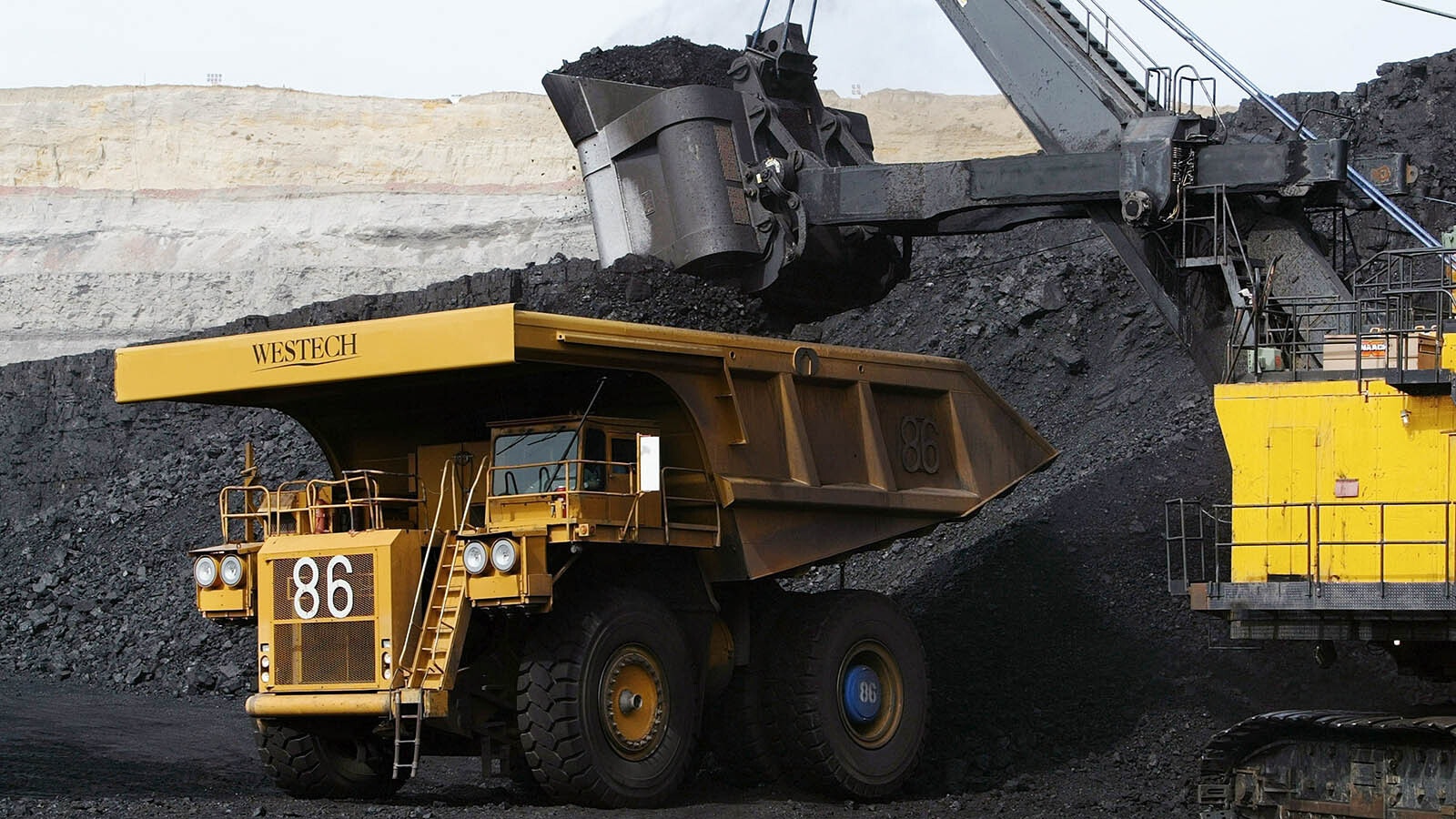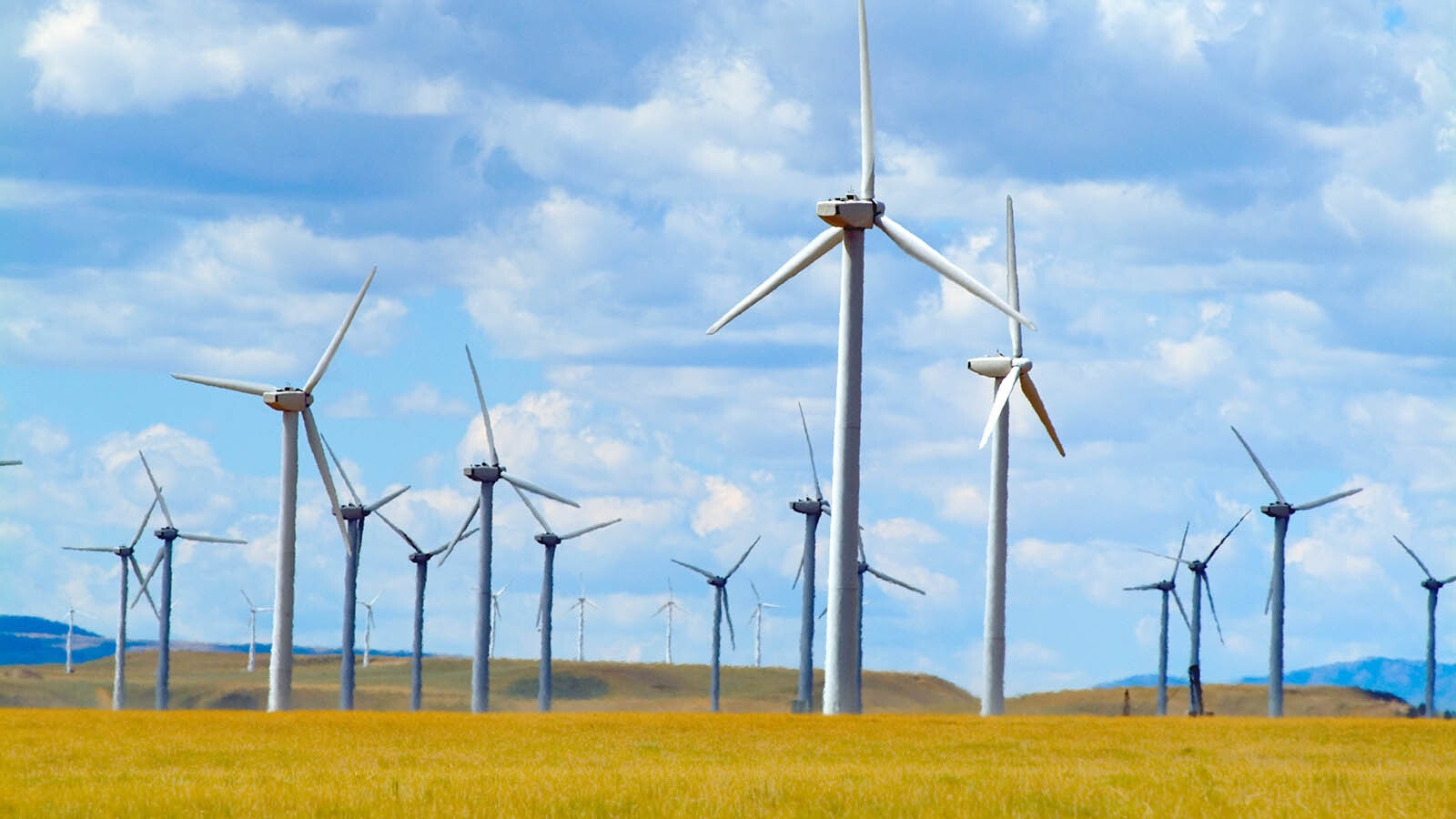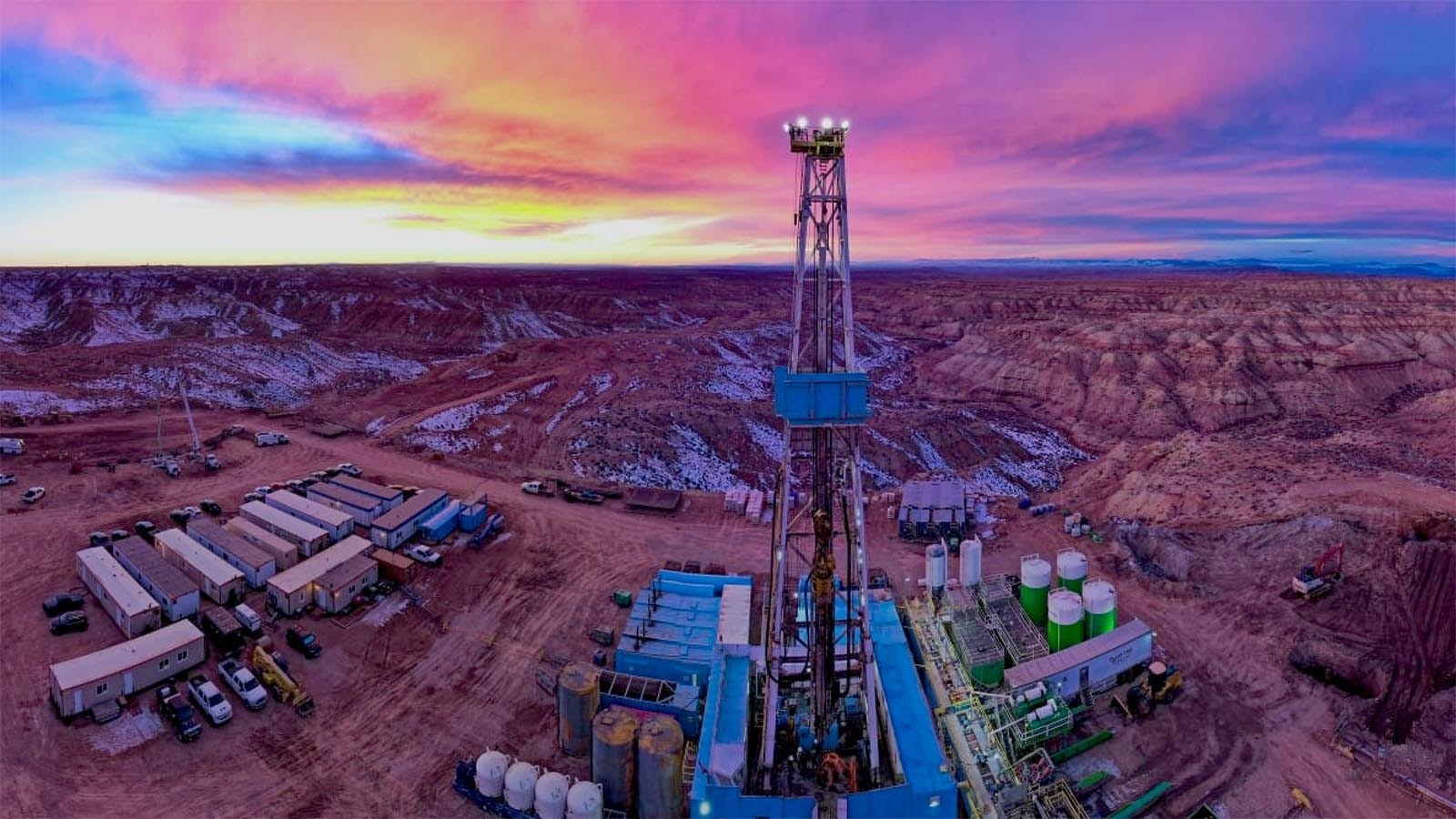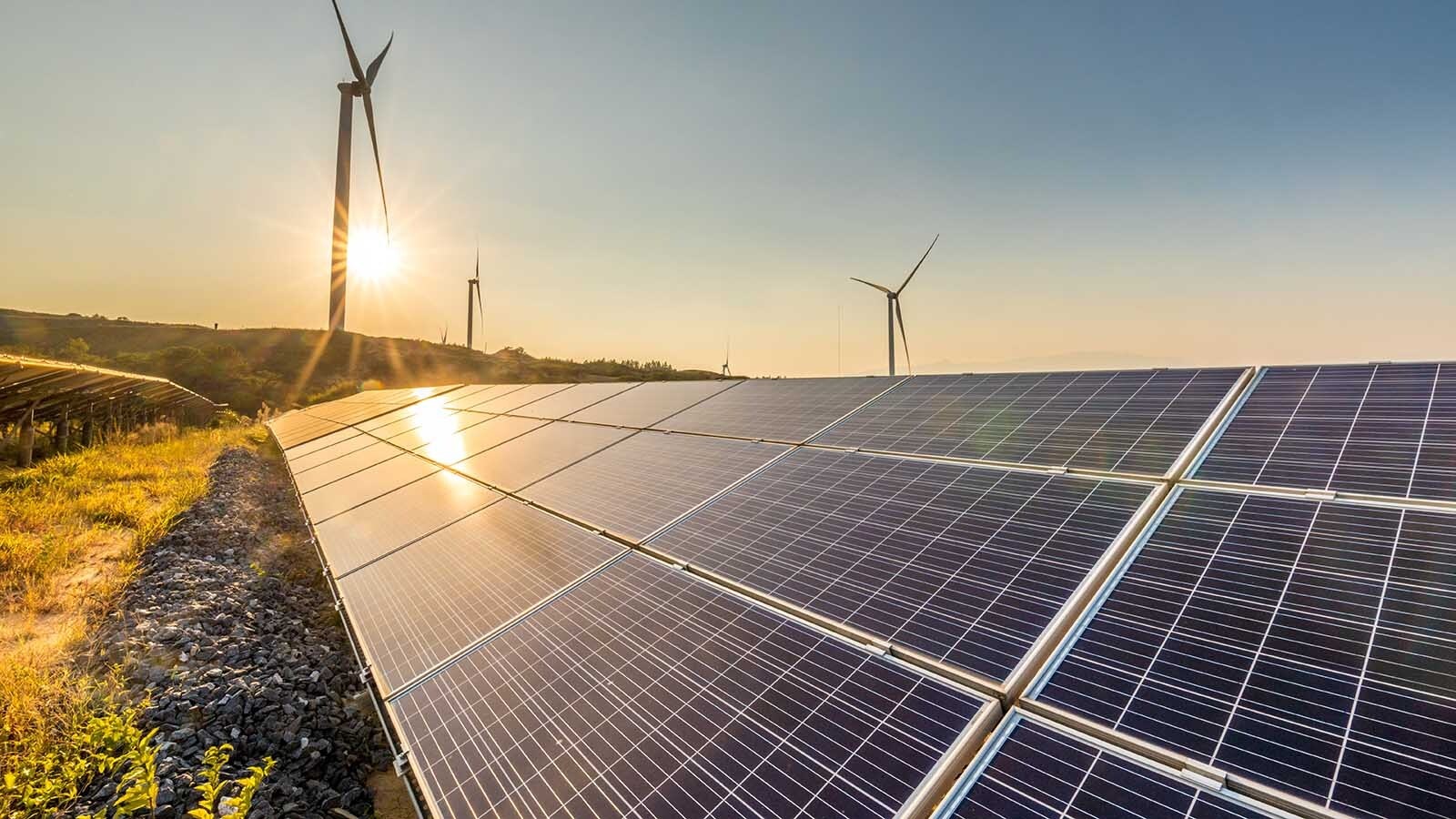The Twin Falls County Commission in Idaho is putting the brakes on the county’s permitted processes for large-scale energy projects.
The decision follows a growing concern in Wyoming, other states and Canada over the rapid pace of renewable energy development in rural areas.
Some argue that Wyoming should also take a break from permitting wind and solar projects to consider the long-term impacts of so much industrial development in rural areas.
Unanimous Vote
Like a few counties in Wyoming, Twin Falls County had numerous wind and solar projects in the works. MagicValley.com reported that the county commission voted unanimously for the pause so that the county would have time to update permitting codes and guidance for wind and solar energy.
Currently, the county’s planning and zoning department uses codes for permitting hydroelectric projects, which were last updated in 1998, according to MagicValley.com.
The county’s moratorium has no impact on projects on public lands.
Alberta, Canada, recently placed a moratorium on wind projects to give the province time to study the impacts of all the wind development happening there.
Energy watchdog Robert Bryce manages a database of renewable energy projects that are rejected because of local opposition. In 2023, that’s so far been 600, up from fewer 100 in 2015.
Cumulative Impacts
Cindy Shivy, who ranches in northern Albany County, is a staunch supporter of property rights and doesn’t want to tell anyone what they can and can’t do with their land.
But like many residents in the area, she’s concerned about the impact of so many projects being permitted in isolation of each other, without a broader consideration of the cumulative impacts of all of them.
“Wyoming absolutely should step back and stop all wind development until there’s a thorough study on the impact to the environment and wildlife,” Shivy told Cowboy State Daily.
The natural landscape is also being degraded by the growing number of high towers and their blinking lights at night, Shivy said.
She said that these towers also will impact hunting, and with outdoor recreation being such an important industry in the state, Wyoming could be hurting one industry in favor of energy development.
She also would like to see improvements to public notification of wind projects being proposed so people have more opportunity to participate in the permitting processes.
Enough Regulations
Unlike Twin Falls County, Albany and Laramie counties have multiple pages of planning and zoning regulations that wind developers have to meet to get permits at the county level. Most of these projects also have to be permitted through the Wyoming Industrial Siting Council.
Laramie County Commissioner Gunner Malm told Cowboy State Daily that existing regulations are enough to consider the immediate and cumulative impacts of wind development in the state. So, he doesn’t think any moratorium is needed in Wyoming.
“I don’t think that’s a reasonable request or reasonable condition to place on private property owners,” Malm said.
He said state and county regulations apply to all energy development, and developers are held to those standards.
The Wyoming Game and Fish Department also provides input to the state and county agencies so that wildlife receives reasonable protections, he said, adding that wind energy brings economic benefits to the state, and this development shouldn’t be impeded with more regulations.
More Research
Albany County Commissioner Pete Gosar told Cowboy State Daily that there are legitimate concerns about the cumulative impacts of wind development, but he said this applies to all energy development in the state.
When it comes to minimizing the cumulative impacts of wind, he hasn’t seen good research that would inform good regulations that would minimize those impacts.
“I think you have to use science,” Gosar said.
What he wants to see is research that can accurately determine how far wind towers need to be from eagles’ nests, where migration routes are and if new technologies work, such as cameras that shut down turbines when birds and bats are near.
He said he doesn’t have a good answer for those questions, but there is good science on the impacts of climate change, which he believes shows an energy transition to renewables is needed.
He said government agencies, such as the U.S. Fish and Wildlife, as well as biologists and other researchers need to be engaged in this conversation.
Future Generations
Gina Lawson, who also lives in Albany County, said that the state needs to be looking at what happens decades down the road. While turbines may last 20 years, they can be replaced. This means that a century from now, they’ll likely still be where they are today — and there will be a lot more of them.
Both Laramie and Albany counties require decommissioning plans as part of the permitting process for wind and solar projects. However, Sen. Cale Case, R-Lander, told Cowboy State Daily last week that it’s unlikely that once a project is permitted that it will ever go away.
“Our future generations are going to wonder what the hell we were thinking,” Lawson said.
Lawson said she can’t see any towers from her house, at least for now, but that whenever she and her family are traveling through the state and enjoying the outdoors, there are often towers visible.
“It’s really disheartening to see these beautiful ranch properties ruined with these things,” she said.





